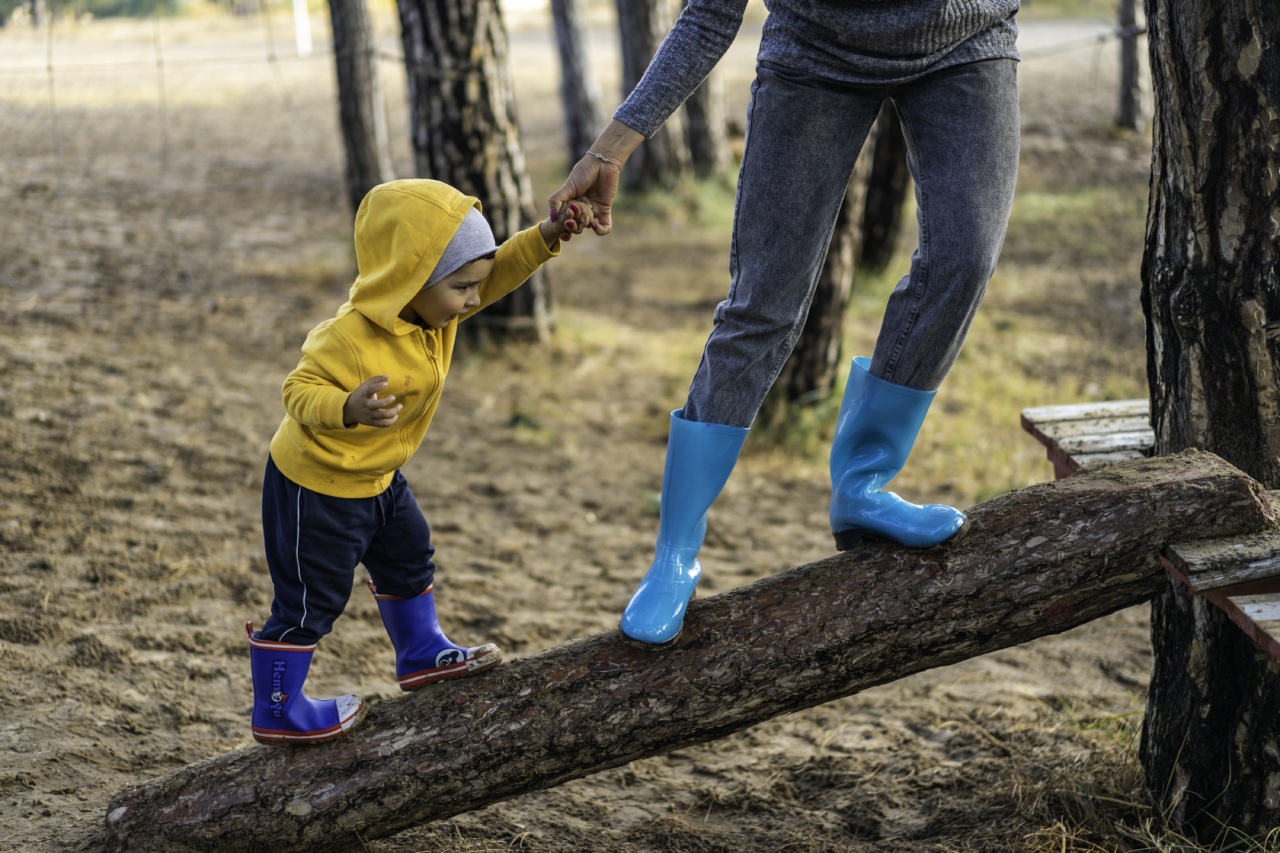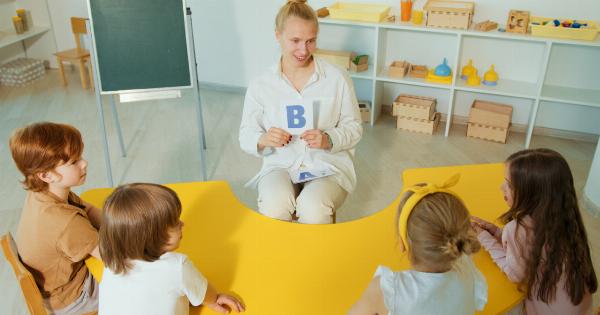As children grow and develop, it is common for them to experience various fears and anxieties which can manifest in different ways.
These fears are a natural part of childhood and often reflect a child’s developing cognitive and emotional abilities. While some fears may gradually diminish on their own, others may require intervention and support from caregivers or mental health professionals.
Fear of the Dark
A common fear among children is the fear of the dark. This fear can range from mild discomfort to extreme panic and can be especially pronounced when a child is left alone at night.
Fortunately, there are steps you can take to help your child overcome this fear:.
- Normalize the fear: Let your child know that it is perfectly normal to feel afraid of the dark.
- Provide a comforting routine: Establish a comforting bedtime routine, allowing your child to have a sense of control over the situation and provide stability.
- Provide a night light: A small, dim light can help to alleviate some of the child’s fear.
- Empower your child: Encourage your child to take an active role in feeling safe at night by allowing them to choose where to sleep and what comfort objects to keep nearby.
Fear of Separation
Separation anxiety is a common fear in younger children and can manifest itself in behaviors such as crying, clinging, and tantrums. This fear can be a source of stress for both the child and the caregiver.
Here are some tips to help alleviate the fear of separation:.
- Start small: Encourage short periods of separation to help your child build trust and confidence in themselves and in you.
- Offer reassurance: Let your child know that you will always come back and that they are not alone.
- Establish a goodbye routine: Consistency is key, so create a goodbye routine that works for your family and stick to it.
- Provide comfort: Provide a comfort object such as a blanket or stuffed animal for your child to hold onto when you are not with them.
Phobias
A phobia is an irrational and intense fear of an object, place, or situation. Children can develop phobias at any age and they can be long-lasting if left untreated. Common childhood phobias include fear of animals, heights, and water.
Here are steps to take in treating phobias:.
- Normalize the fear: Let your child know that it is okay to feel scared, and that others have fears too.
- Provide education: Educate your child about the object of their fear so they can gain a better understanding and dispel myths and rumors they may have heard about it.
- Gradual desensitization: Exposure therapy can help a child overcome a fear by gradually facing it in a safe and supportive environment.
- Seek professional help: If a phobia is significantly impacting your child’s daily life and functioning, seeking the help of a mental health professional may be necessary.
Fear of Failure
As children grow and take on more challenges in school and extracurricular activities, fear of failure can become a significant influence on their behavior and self-esteem.
This fear can lead to avoidance of challenging tasks or even cheating to avoid a perceived failure. Here are some ways to help your child overcome the fear of failure:.
- Encourage risk-taking: Encourage your child to take healthy risks and try new things.
- Normalize failure: Let your child know that everybody makes mistakes and that it is a natural part of learning and growing.
- Focus on effort, not outcome: Praise your child’s hard work instead of solely on their results.
- Model healthy coping with failure: Children learn coping mechanisms from the adults in their life, so model healthy acceptance and learning from failures.
Fear of Social Situations
Social anxiety often arises in children in new social situations or when encountering unfamiliar people. This anxiety can be manifested as shyness or avoidance. Here are some ways to help your child overcome this fear:.
- Normalize the fear: Let your child know that it is natural to feel a little nervous or shy in social situations.
- Practice socializing: Encourage your child to practice socializing, for example, by role-playing or participating in social activities.
- Encourage participation: Encourage participation in extracurricular activities and social outings with peers to build confidence and practice socialization skills.
- Praise effort: Reinforce socialization efforts with positive praise and recognition for their efforts.
Fear of Medical Procedures
Medical procedures can be frightening for children, especially if they have had negative experiences or have heard negative stories from others. This fear can manifest as crying, clinging, and avoidance.
Here are some ways to help your child overcome the fear of medical procedures:.
- Normalize the fear: Let your child know that it is normal to feel scared or nervous before medical procedures.
- Provide preparation: Explain the medical procedure in simple language and provide an age-appropriate level of detail so that your child understands.
- Encourage questions: Encourage your child to ask questions about the procedure so they feel empowered to seek information and control their situation.
- Distraction and comfort: Offer distractions such as toys, books, or music, and provide comfort through physical touch or encouraging verbal affirmations.
- Positive reinforcement: Reinforce bravery and successful coping with the procedure through positive reinforcement and rewards.
Fear of Natural Disasters
Living in areas prone to natural disasters such as earthquakes, hurricanes, or tornadoes, can be frightening for children. Fear of natural disasters can manifest as crying, clinging, nightmares, and separation anxiety.
Here are some ways to help your child overcome the fear of natural disasters:.
- Preparation: Prepare your family for potential disasters by creating a plan for safety and practicing safety drills.
- Normalize fears: Let your child know that it is normal to feel scared and it is okay to talk about it and express their worries.
- Provide education: Educate your child through picture books, videos, and talks about the causes of natural disasters, the warning signs, and how to be safe during them.
- Empower your child: Involve your child in the preparation process and give them age-appropriate tasks, such as packing an emergency kit or memorizing important phone numbers.
- Comfort and support: Provide comfort and reassurance to your child, allowing them to know that they are safe and cared for.
Conclusion
Fears and anxieties are a natural part of growing up, but there are ways to help your child overcome them.
By normalizing fears, providing education and preparation, empowering your child, and providing comfort and support, you can help your child develop healthy coping mechanisms that will serve them well into adulthood. If your child’s fear is impacting their daily life and functioning, seeking the help of a mental health professional may be necessary.





























